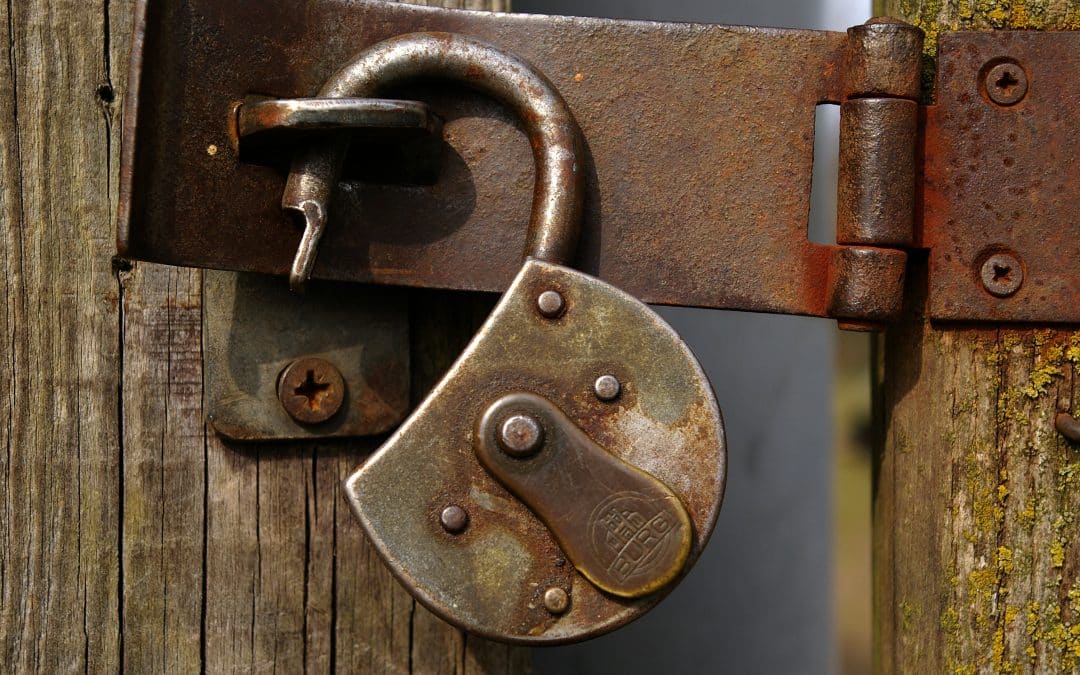
by Marcy Burstiner | 5 Dec 2025 | Education, Media Literacy, Reporting, Writing
We need to fuel the curiosity young people have about the world around them. Let’s unlock the resources they need to be informed citizens of the world. An open padlock on a door. Public domain photo. At News Decoder we believe that information should flow...

by Marcy Burstiner | 28 Nov 2025 | Education, Journalism, News Decoder Tips, Reporting
To succeed in journalism, and most other careers, you need to be able to meet deadlines. How hard can that be? A reporter struggles to meet a deadline. (Illustration by News Decoder) Journalists, and most other professionals, work under deadlines. That means that they...
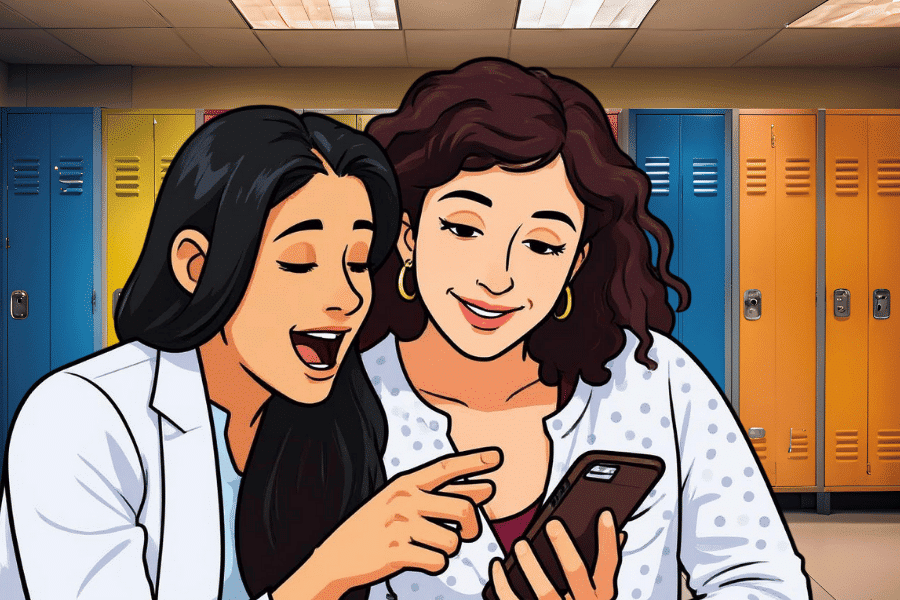
by Marcy Burstiner | 21 Nov 2025 | Journalism, Media Literacy, News Decoder Tips, Reporting, Uncategorized
We live in an age of misinformation. Here are ways you can make sure you aren’t part of the problem. Two girls gossip about a social media post. (Illustration by News Decoder) At News Decoder, we share advice for young people from experts in journalism, media...
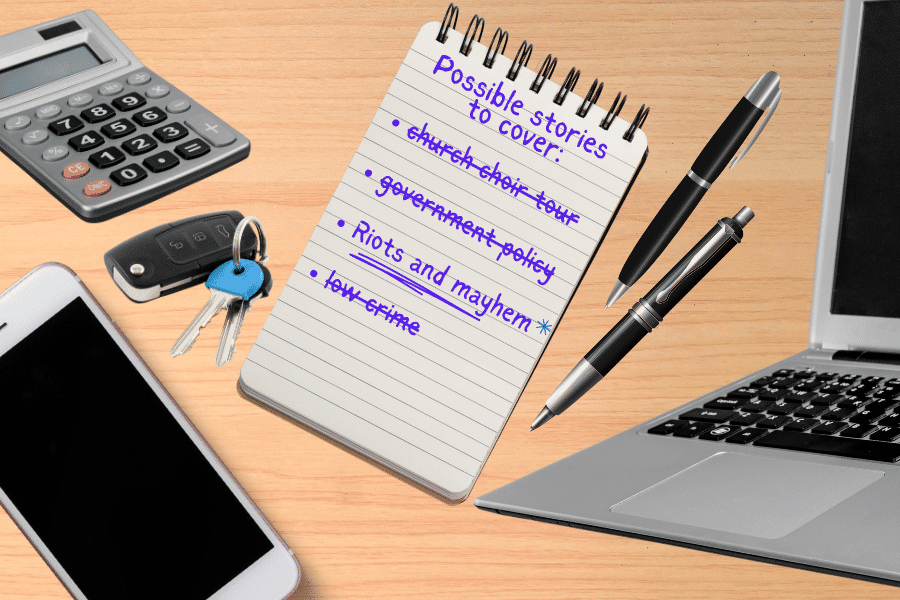
by Marcy Burstiner | 14 Nov 2025 | Journalism, Media Literacy, Reporting
Many ethical journalists try to eliminate bias from their stories. But how possible is that and can you end up deceiving yourself and your readers? A notepad with a list of possible story ideas. Illustration by News Decoder. At News Decoder, we share advice for young...

by Amina McCauley | 31 Oct 2025 | Environment, EYES, Journalism, Media Literacy, Reporting
Greenwashing is when corporations use eco-sustainability as a marketing tool. But can you tell if they’re for real? Here are some ways you can check them out. A young person struggles with climate anxiety. (Illustration by News Decoder) The article below is...
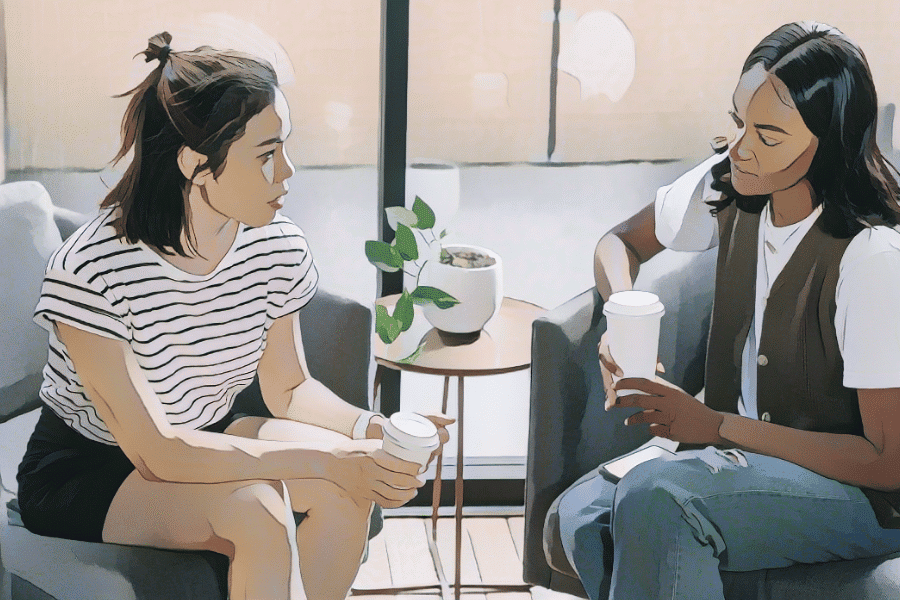
by Marcy Burstiner | 17 Oct 2025 | Interviewing, Journalism, Reporting
Before you start interviewing people you need to know what part they play in a story. Only then can you reach out to them. A reporter interviews a source for a story. (Illustration by News Decoder) People, not numbers, are the heart of your stories. Finding those...
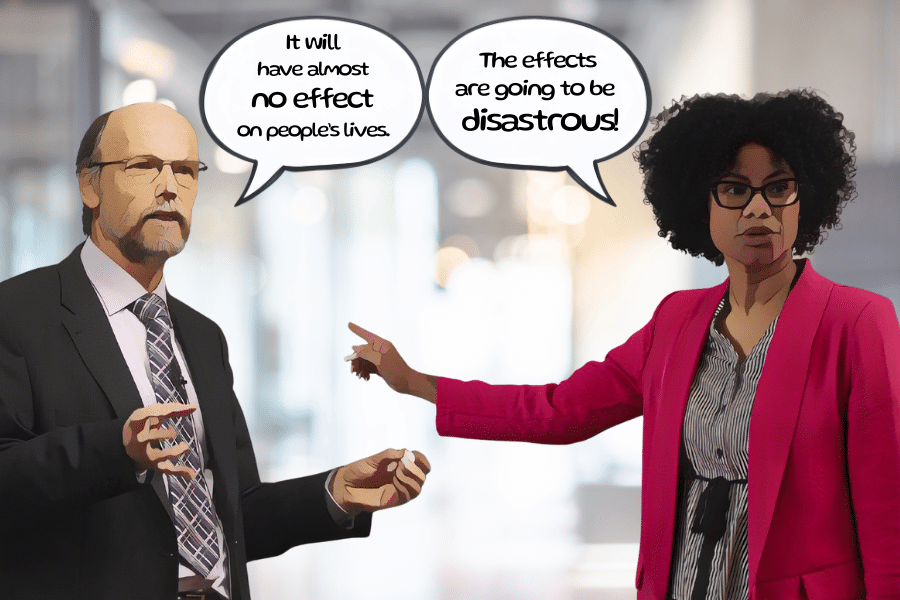
by News Decoder | 3 Oct 2025 | EYES, Journalism, Media Literacy, News Decoder Tips, Reporting
One expert says one thing, another something different. So how can you know what’s what? Here are some tips to figuring out what to believe and what to report. Two experts disagree. (Illustration by News Decoder) The article below is adapted from material...
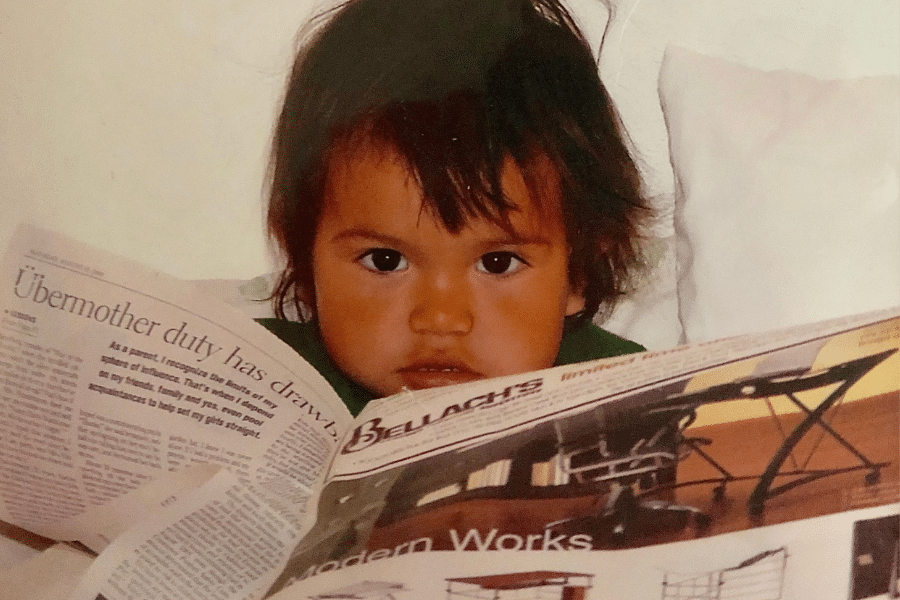
by News Decoder | 26 Sep 2025 | Journalism, Media Literacy, News Decoder Tips, Reporting
So much is happening that people should know about. But why do so many news stories put us to sleep instead of wake us up? What is the journalist trying to do? A young girl reads a disturbing story. (Photo credit: Marcy Burstiner) The article below is adapted from...
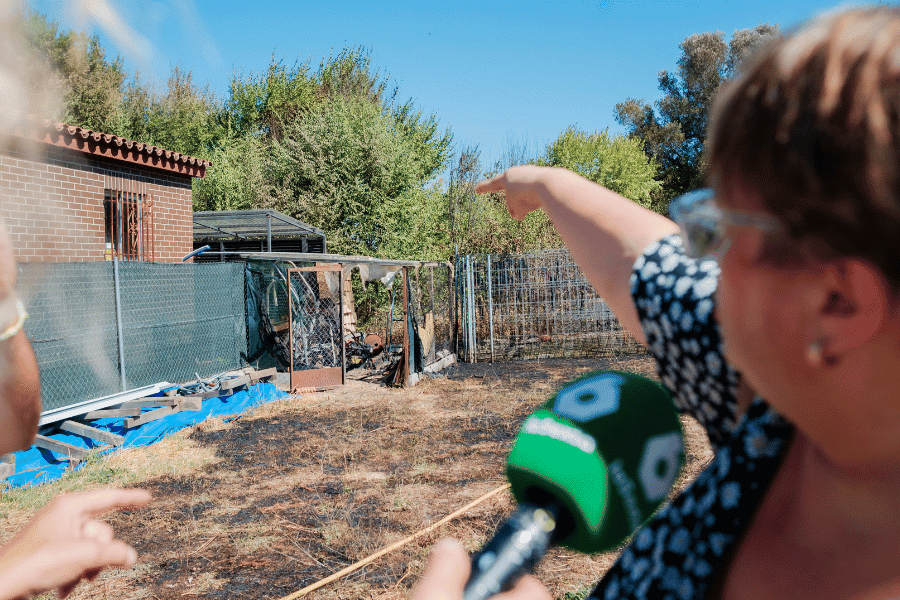
by News Decoder | 5 Sep 2025 | Journalism, News Decoder Tips, Reporting
Sure, you can Zoom someone in on your laptop or chat over WhatsApp. But when you go out to an event or interview you come back with so much more. A woman tells a journalist about her experience after a fire broke out in the Calypo housing development in Toledo, Spain,...
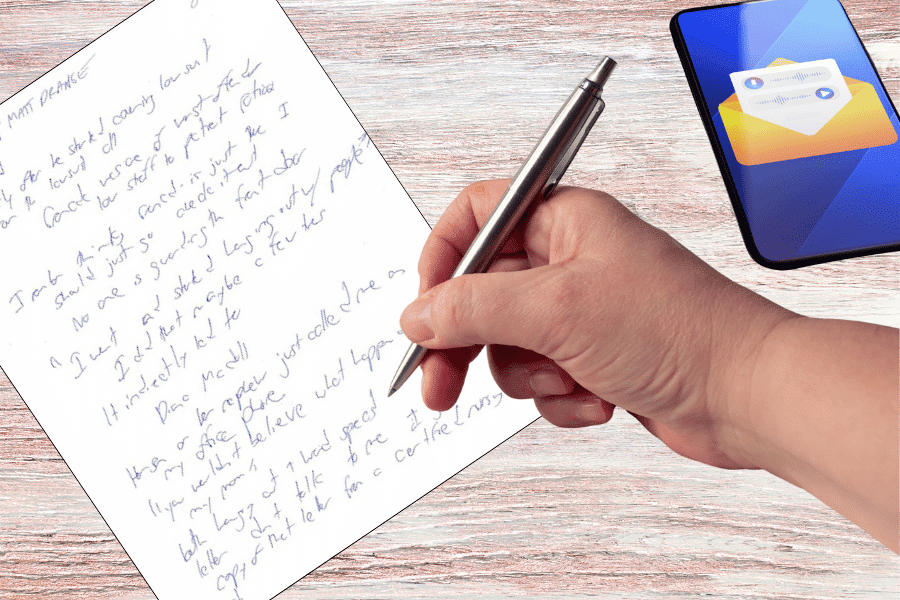
by Marcy Burstiner | 15 Aug 2025 | Interviewing, Journalism, News Decoder Tips, Reporting
Recording interviews can make for lazy listening. Good journalists take good notes. Pages and pages of them. It takes practice. A hand holds a pen over a sheet of messy notes with a recorder in the background. Illustration by News Decoder. In News Decoder’s Top...









